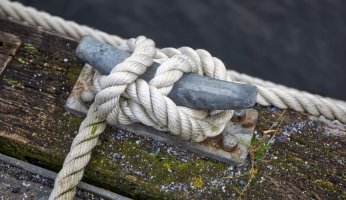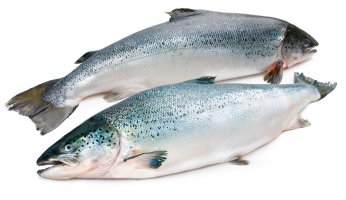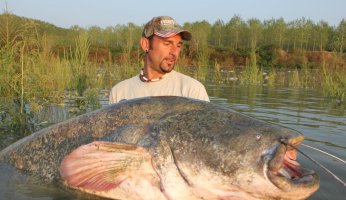Catching Yellow Perch
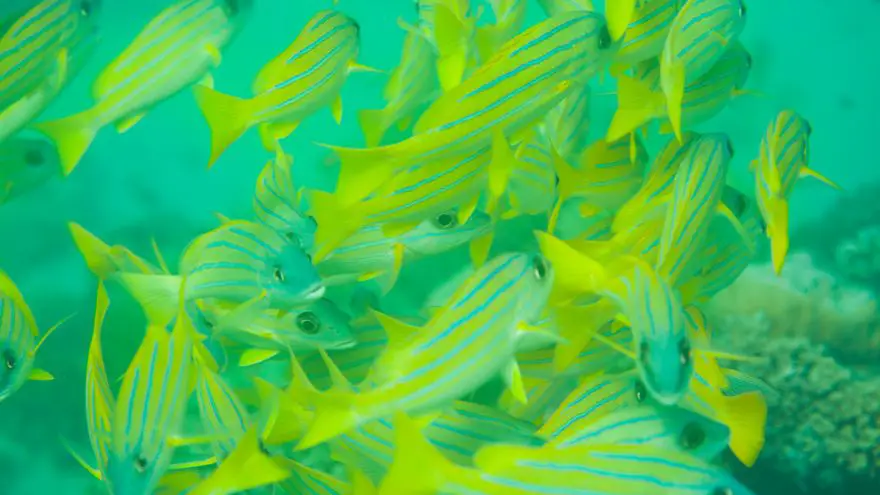 Catching Yellow Perch
gearweare.net
Catching Yellow Perch
gearweare.net
Perch are a popular game fish in North America, and can be easily identified by their yellow color with green triangles running down its side. It can be found in ponds, lakes, streams, and rivers throughout the continent, and November is one of the best times to target this fish. They tend to love colder water, and many people actually target perch while ice fishing. Being a schooling fish, once you get that first bite you are probably going to catch your limit.
Lures, Rigs, and Live Bait
Live bait is by far the best option when going after perch. You can catch perch year round, and the live bait that works best year round are soft shell crayfish. You want to keep your live bait fairly small when targeting perch. Soft shell crayfish can be hard to find, so small minnows work well in colder water and night-crawlers work well in warmer water.
If you want to get a little outside the box on your ‘live’ bait, there are two other options. Cooked and peeled shrimp from the grocery store can work well. For just a few bucks you can get a big back of frozen salad shrimp at the grocery store that are ideal for this. Cut bait is also a good option. It is an all but forgotten practice to use the eyes, bellies, and fins from your first caught perch as bait for your second. These bloody bits release a scent in the water that is irresistible to perch, so this method works well. Just check the regulations in your area to make sure it is legal.
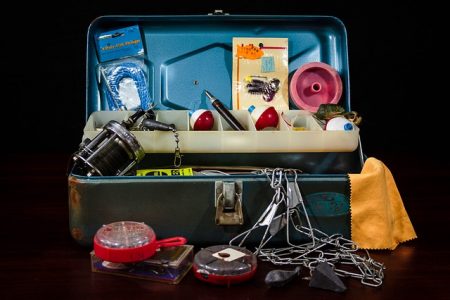
Crappie rigs are ideal for perch. This rig actually has two hooks on it allowing for twice as much action. We like to bait our crappie rigs with different bait on each hook until we know what is working. Then we leave the rigs the same and just double up on that bait. There is nothing quite as exciting as hooking two monster perch at the same time.
Perch are notorious for stealing live bait from your hook, so make adjustments. Use a smaller hook so they are less likely to steal your bait, and bait your hook on the tip of the hook. Hopefully that will give you a chance to set the hook before they get away. Also when you hook a fish and bring it in, get your line back in the water as quickly as possible. Once you have hit a school, you want to take advantage and catch as many fish as you can before they move on.
If you decide to use artificial lures, do not get too creative. Perch are very particular about their food source. Stick to a lightweight jig or a popper for the best action.
Gear
Lighter is better when it comes to perch. While they put up a fight, these are small fish. A light or ultralight rod is ideal to notice the little twitches in the rod tip that might be a strike. Five pound test line is plenty, and keep your hooks small. Baited large and medium sized hooks are prime to get picked clean by a small perch.
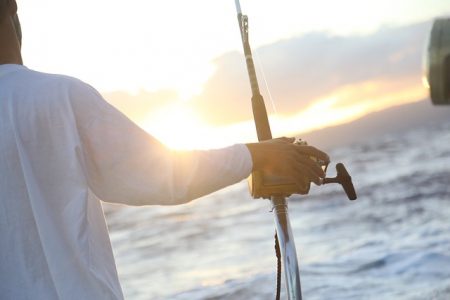
Where to Find the Fish
If you are fishing from a boat, use your fish finder to check the depth of the water. You want to stay in a water depth of 10 to 30 feet deep. Perch will not be found in open water. They normally stay close to the bottom near reefs, weed beds, or rock piles. You best bet is to troll along the correct depth until you get a bite. Then move your boat upwind from where you got the bite and anchor the boat. Staying upwind will allow you to use your anchor rope to maneuver the boat. Then keep casting in that same spot until the school moves on.
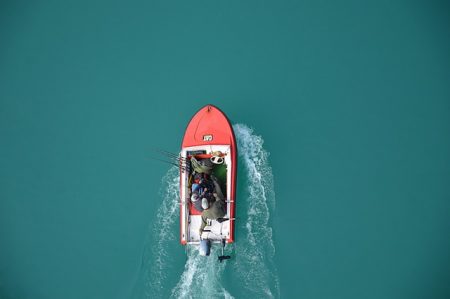
When to Fish
Perch are visual fish and will not bite if they can see you. The best times to fish for perch will be early morning, evening, and on cloudy days. Try to keep your movement to a minimum and wear drab colors that will blend in with your surroundings.
Presentation
You best bet with perch is fishing the bottom. Cast out your line and let the bait sink all the way to the bottom before retrieving. Then drag it along the bottom only pulling up enough to bounce it along without getting stuck. You do not want to jig your bait up and down like a yoyo. Perch know that movement is not natural, and will move along.
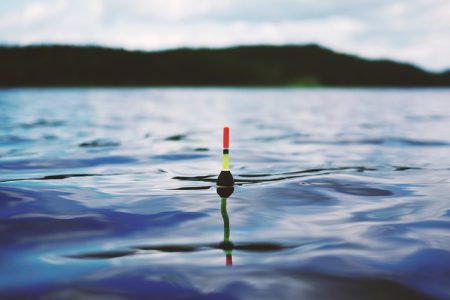
It is important to watch your rod tip and keep a finger on your line. The strike from a perch can be subtle at best. It may just be a twitch or maybe some pressure on the line. If you feel anything, raise the rod tip to prompt the fish to move. Then when you feel movement that is the time to set the hook.
Perch are one of the few fish that you can catch all winter long. Diehard anglers like myself are always looking for a reason to get a line wet, and perch are a good one. If you have not enjoyed some late season action with these beautiful fish, go give it a try.





